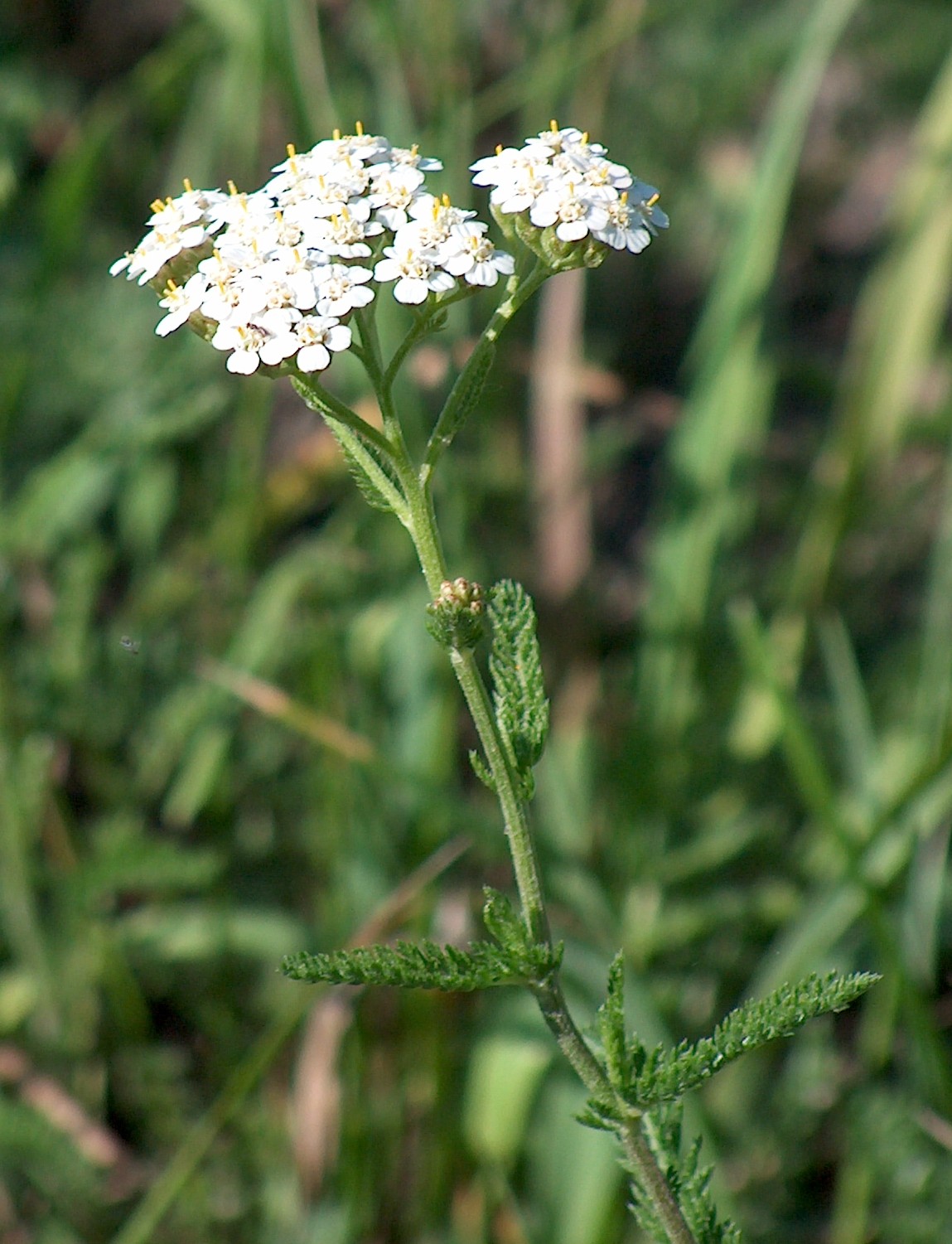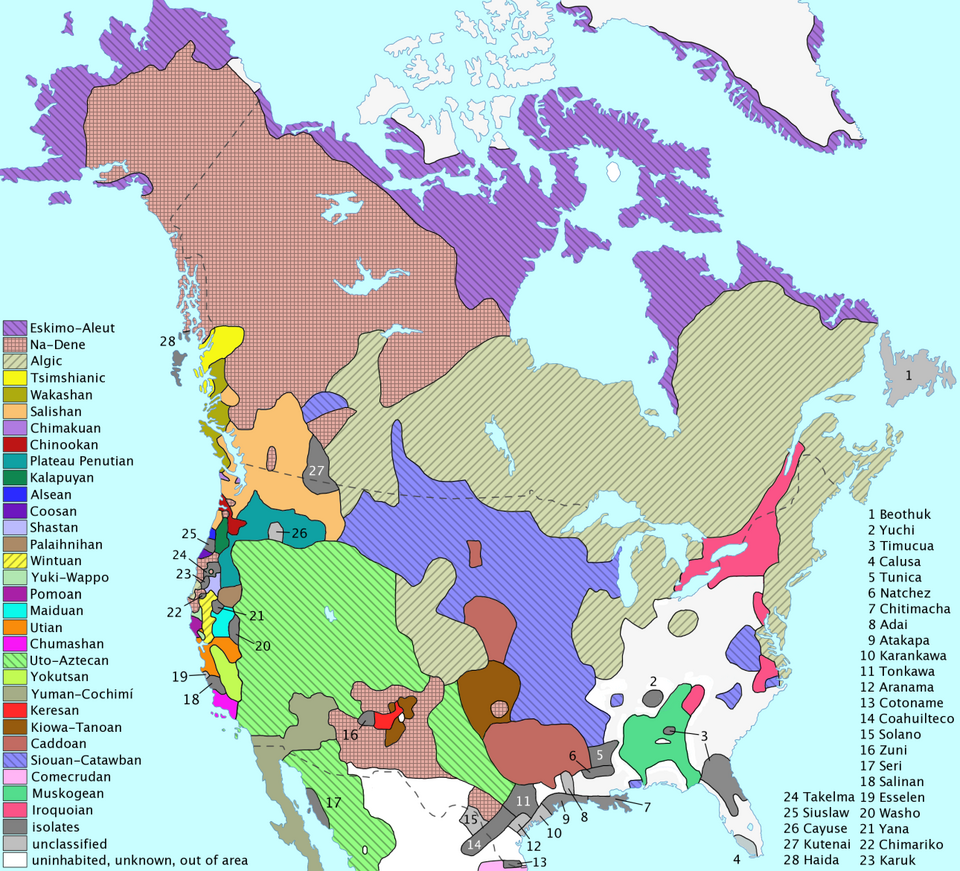Difference between revisions of "AY Honors/Native American Lore - Advanced/Answer Key"
| Line 9: | Line 9: | ||
==3. Participate in a meal using as many Indian foods and cooking methods as possible. == | ==3. Participate in a meal using as many Indian foods and cooking methods as possible. == | ||
==4. Name five drugs or medicine plants used by the Indians. == | ==4. Name five drugs or medicine plants used by the Indians. == | ||
| + | We do not recommend that you attempt to treat any sicknesses using the plants listed here. Doing so could certainly endanger your health. | ||
| + | |||
{{EWP | {{EWP | ||
| name = Boneset | | name = Boneset | ||
Revision as of 00:22, 26 October 2007
1. Have the Indian Lore Honor.
2. Know and have a list of at least 40 foods introduced to us by the Indians of North and South America.
Adventist Youth Honors Answer Book/Arts and Crafts/Indian Lore/Foods
3. Participate in a meal using as many Indian foods and cooking methods as possible.
4. Name five drugs or medicine plants used by the Indians.
We do not recommend that you attempt to treat any sicknesses using the plants listed here. Doing so could certainly endanger your health.
Boneset
Description: Eupatorium perfoliatum or boneset is a common perennial plant native to the Eastern United States and Canada. It is also called "agueweed", "feverwort" or "sweating-plant". The plant grows about 1m tall, with leaves that clasp the stems and dense clusters of white heads held above the foliage.
Where found: Nova Scotia to Florida, as well as from Louisiana and Texas through North Dakota.
Use: It was introduced to American colonists by Indians who used the plant for breaking fevers by means of heavy sweating.
Willow
Description: The willows all have abundant watery juice, furrowed scaly bark which is heavily charged with salicylic acid, soft, pliant, tough wood, slender branches and large fibrous roots. These roots are remarkable for their toughness, size, and tenacity of life.
Where found: Found primarily on moist soils in cold and temperate regions of the Northern Hemisphere.
Use: The leaves and bark of the willow tree have been used as a remedy for aches and fever by many cultures. Native Americans across the American continent relied on it as a staple of their medical treatments.
Common Yarrow
Description: Common Yarrow (Achillea millefolium) is an erect herbaceous perennial plant that produces one to several stems (0.2 to 1m tall). Leaves are evenly distributed along the stem, with the leaves near the middle and bottom of the stem being the largest. The leaves have varying degrees of hairiness. The leaves are 5-20 cm long, bipinnate or tripinnate, almost feathery, and arranged spirally on the stems.
Use: The herb is purported to be a diaphoretic, astringent, tonic, stimulant and mild aromatic. It contains isovaleric acid, salicylic acid, asparagin, sterols, flavonoids, bitters, tannins, and coumarins. The plant also has a long history as a powerful 'healing herb' used topically for wounds, cuts and abrasions. Navajo Indians consider it to be a "life medicine", and chewed it for toothaches, and poured an infusion into ears for earaches.
Wintergreen
Description: Wintergreen is low-growing, typically reaching 10–15 cm tall. The leaves are evergreen, elliptic to ovate, 2–5 cm long and 1–2 cm broad, with a distinct oil of wintergreen scent. The flowers are bell-shaped, 6–8 mm long, white, borne solitary or in short racemes. The fruit is an edible red berry 8–15 mm diameter.
Where found: Eastern U.S. and Canada
Use: Wintergreen contains methyl salicylate, which was used by Native Americans to bring down fever and as a pain killer.
Partridge berry
Description: This evergreen plant is a creeping, but not climbing, vine, 15-30 cm long. The evergeen dark-green leaves are opposite, ovate to cordate, with a pale yellow midrib. The petioles are short. Roots may grow at the internodes, forming loose mats. It is part of the undergrowh vegetation in many forests.
Where found: The species is dispersed throughout eastern North America
Use: A tea breed from partridge berry was given to women in the last two weeks of their pregnancies to ease childbirth.
5. Discuss the Indians of your area with regard to:
a. Tribes located there
b. Homes and clothing
c. Native crafts performed, such as basketry, pottery, mats, etc.
d. Religious practices
e. Form of Government
If you do not live in North America, choose any of the following for study.
Northeast
Southeast
Northwest
Southwest
6. Name ten articles used by the Indians in their religious ceremonies.
7. Explain two methods of mounting and displaying arrowheads.
8. Explain one method of restoring and mending damaged arrowheads, ollas, blankets, and baskets.
9. Name and locate at least ten different tribes of the present day and tell for what each is noted.
10. Experiment with plant dyes as used by the Indians and try to obtain at least two shades of color.
The dying process
Gather your plants from an area where it the species you are after is abundant. Be sure to not take more than two-thirds of the plants from any one area. Natural fabrics work best with natural dyes, so choose cotton or wool (you can use yarn if you like).
The amount of material needed for the dyepot varies. For four ounces of cloth or yarn, use 12 ounces of plant material, one ounce of alum, and 1/4 ounce of cream of tartar in four quarts of water. Soak skeins of white yarn or material in plain water for 24 hours before dyeing.
Create Dye
- Put water in a large pot, add shredded plant parts (place in net bag)
- Simmer 1/2 to 1 hour (just below the boiling point)
- Strain out material (remove net bag)
Dye Fibers
- Add alum and cream of tartar to water and stir (cream of tartar helps keep fibers soft)
- Put in pre-moistened fiber/yarn
- Simmer until material is a little darker than you desire, stirring and submerging occasionally
- Remove from heat
Remove Fibers from Bath and Dry
- Rinse (starting with warm water) until cool
- Hang to dry
Be sure to wash the cloth by itself the first time you launder it. The last thing you want to do is accidentally dye your other clothes!
Plants and colors
You can get some of these plants at a grocery store even in the winter, but most will need to be gathered in the warmer months.
- Red
- Rose hips, beets, dandelion roots
- Orange
- Onion skins, sassafras leaves
- Yellow
- Queen Anne's lace (carrot), burdock, dandelion flowers
- Green
- Red onion skins, plantain roots
- Blue-Purple
- Poke berries, grapes, blueberries, blackberries, red cabbage
- Brown
- Walnut hulls, acorns
- Black-gray
- Sumac leaves, iris roots
http://www.pioneerthinking.com/naturaldyes.html




